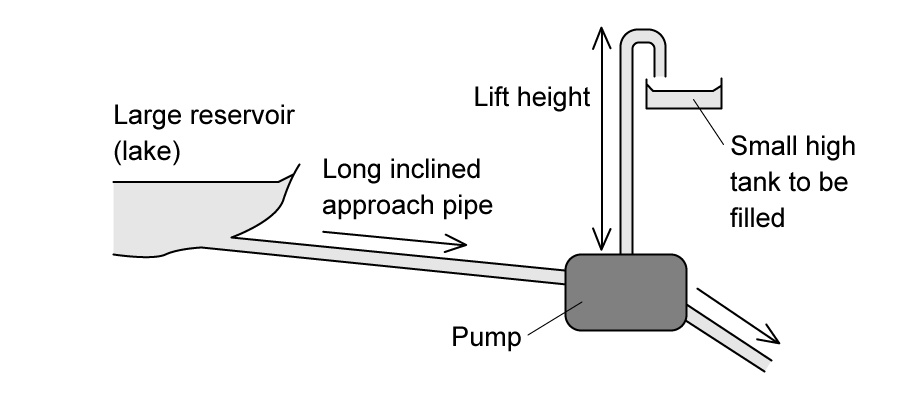Efficiency
- The efficiency of a system is a measure of how well energy is transferred in a system
- Efficiency is defined as:
The ratio of the useful power or energy transfer output from a system to its total power or energy transfer input
- If a system has high efficiency, this means most of the energy transferred is useful
- If a system has low efficiency, this means most of the energy transferred is wasted
- Determining which type of energy is useful or wasted depends on the system
- When electrical energy is converted to light in a lightbulb, the light energy is useful and the heat energy produced is wasted
- When electrical energy is converted to heat for a heater, the heat energy is useful and the sound energy produced is wasted
- Efficiency is represented as a percentage, and can be calculated using the equation:

- The energy can be of any form e.g. gravitational potential energy, kinetic energy
- The efficiency equation can also be written in terms of power:

- Where power is defined as the energy transferred per unit of time

Worked Example
An electric motor has an efficiency of 35 %. It lifts a 7.2 kg load through a height of 5 m in 3 s. Calculate the power of the motor.
Step 1: Write down the efficiency equation

Step 2: Rearrange for the power input 
Step 3: Calculate the power output
- The power output is equal to energy ÷ time
- The electric motor transferred electric energy into gravitational potential energy to lift the load
Gravitational potential energy = mgh = 7.2 × 9.81 × 5 = 353.16 J
Power = 353.16 ÷ 3 = 117.72 W
Step 4: Substitute values into power input equation 
Worked Example


Worked Example
The diagram shows a pump called a hydraulic ram.
In one such pump, the long approach pipe holds 700 kg of water. A valve shuts when the speed of this water reaches 3.5 m s-1 and the kinetic energy of this water is used to lift a small quantity of water by height of 12m.
The efficiency of the pump is 20%.
Which mass of water could be lifted 12 m?
A. 6.2 kg B. 4.6 kg C. 7.3 kg D. 0.24 kg

- The pump is what converts the water’s kinetic energy into gravitational potential energy
- Since its efficiency is 20%, the kinetic energy can be multiplied by 0.2 since only 20% of the kinetic energy will be converted (not 20% of the gravitational potential energy)
Exam Tip
Efficiency can be in a ratio (between 0 and 1) or percentage format (between 0 and 100%)If the question asks for efficiency as a ratio, give your answer as a fraction or decimal.If the answer is required as a percentage, remember to multiply the ratio by 100 to convert it: if the ratio = 0.25, percentage = 0.25 × 100 = 25 %Remember that efficiency has no units
